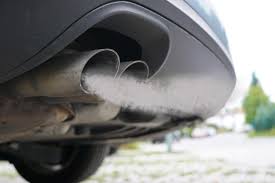Toyota Corolla Power Pride

Welcome To The Site! Get Your Toyota Corolla Pride On! 👈 A Drag Racing Customed E210 The Potential Of The Toyota Corolla 👈 While the Toyota Corolla is commonly known for its practicality and fuel efficiency, it has developed a surprising following among car enthusiasts who see more than just a daily driver. FACT ONE, many Toyota Corollas have earned their respect on the streets. Across car meets and online forums, a growing community of Corolla enthusiasts shares a common goal: building a powerful and reliable machine that can keep up with sportier rivals. With proper modifications, a Corolla pushing 300 horsepower and weighing between 2200 and 2900 pounds can clock high 13 to even high 12 second quarter-mile time, no small feat for a car that started life as a commuter. To achieve such performance, the foundation of any powerful Corolla build is a healthy engine. From there, builders face several paths: turbocharging, supercharging, naturally aspirated (NA) builds, or e...









